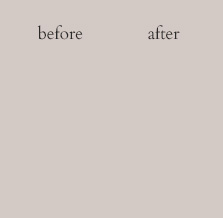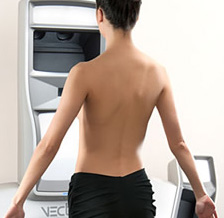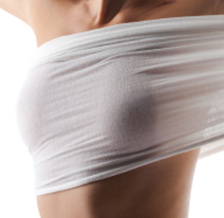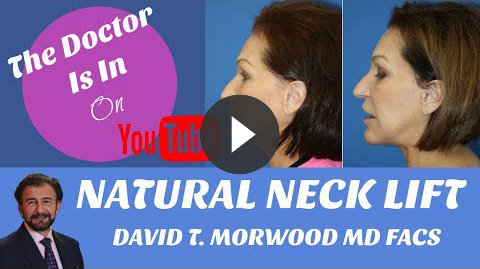The most prevalent form of cancer in humans is skin cancer. Along with the many ubiquitous carcinogens, direct exposure to sun for long periods leads to irreversible damage of skin cells. Skin cancer develops in response to the cumulative sun damage that a patient develops over a lifetime.
Early signs of skin cancer can be removed through non-surgical means. When the development of the cancerous cells increases significantly in size, surgical methods of removal are preferred. In a few cases, cells surrounding the infected regions are removed as a precaution.
But excision of the affected cells is only the first phase of the treatment. The next key step is using skin reconstruction to repair the skin wound, or defect, that results from the removal of the lesion. There are numerous skin-repair methods that can be used.
Primary Repair
Primary repair is a straightforward approach for repair of skin defects. Here, the cavity created through lesion removal is closed by direct stitches. Closing this round cavity in this fashion reduces it to a linear-looking scar. In order to stitch up the wound uniformly, the incision is often elongated. Incisions are typically made along the natural relaxed lines of the face to minimize post-surgical scar visibility.
Secondary Intention
No changes are made to the skin defect during this approach, except for regular cleaning. Healing is spontaneous and takes anywhere from a month to years to complete (depending on the size of the lesion removed). Wounds that are allowed to heal on their own in this way have a lower risk of scarring and a higher skin contraction rate. Although secondary intention is not the recommended option for lesion removal from the neck and head regions, it may be recommended as a simple choice for wound closure without sutures.
Skin Grafting
Grafting is the process of removing healthy skin from one part of the body to repair another area of the body. Grafts are primarily of two variations: partial thickness and full thickness. With partial-thickness grafts, only the topmost layer of the skin is shaved off for grafting. Full-thickness grafts, on the other hand, are thick layers of skin that are surgically removed. Repair of defects on the face is generally done using full-thickness grafts. A major advantage of grafting is that the repaired region blends well and the scar is not pronounced.
Local Flap Reconstruction
If there are unaffected skin cells surrounding the infected region, a flap of this unaffected skin may be used to cover the defect. The exact technique of flap reconstruction varies depending on the exact nature of the defect created by the removal of the cancerous lesion. In general, a flap is created by extending the incision from the defect site to elevate the skin such that it can be rotated or moved around to cover the defect.
Local flaps are often more effective than grafting, because the color and contour match is closer. Also, there is no wait time for the development of blood supply, unlike with grafting, which holds a high risk of grafted-cell death owing to the lack of blood supply.
Extensive facial reconstruction methods are sought when a large proportion of facial cells are infected or when the cancer has spread to underlying muscles and tissue. Reconstruction is performed by transplanting tissue from healthy regions to repair the skin defect. Facial reconstruction is the best option to repair large cancer defects.
Contact Our Office to Learn More
Dr. Morwood has over 20 years’ experience as a plastic surgeon, he is certified by the American Board of Plastic Surgery, he is a member of the American Society for Aesthetic Plastic Surgery, and for years he has served as either the chief or vice chief of the Division of Plastic Surgery of Monterey.
For more information about Dr. Morwood or if you would like to schedule a consultation, please contact us here.

















